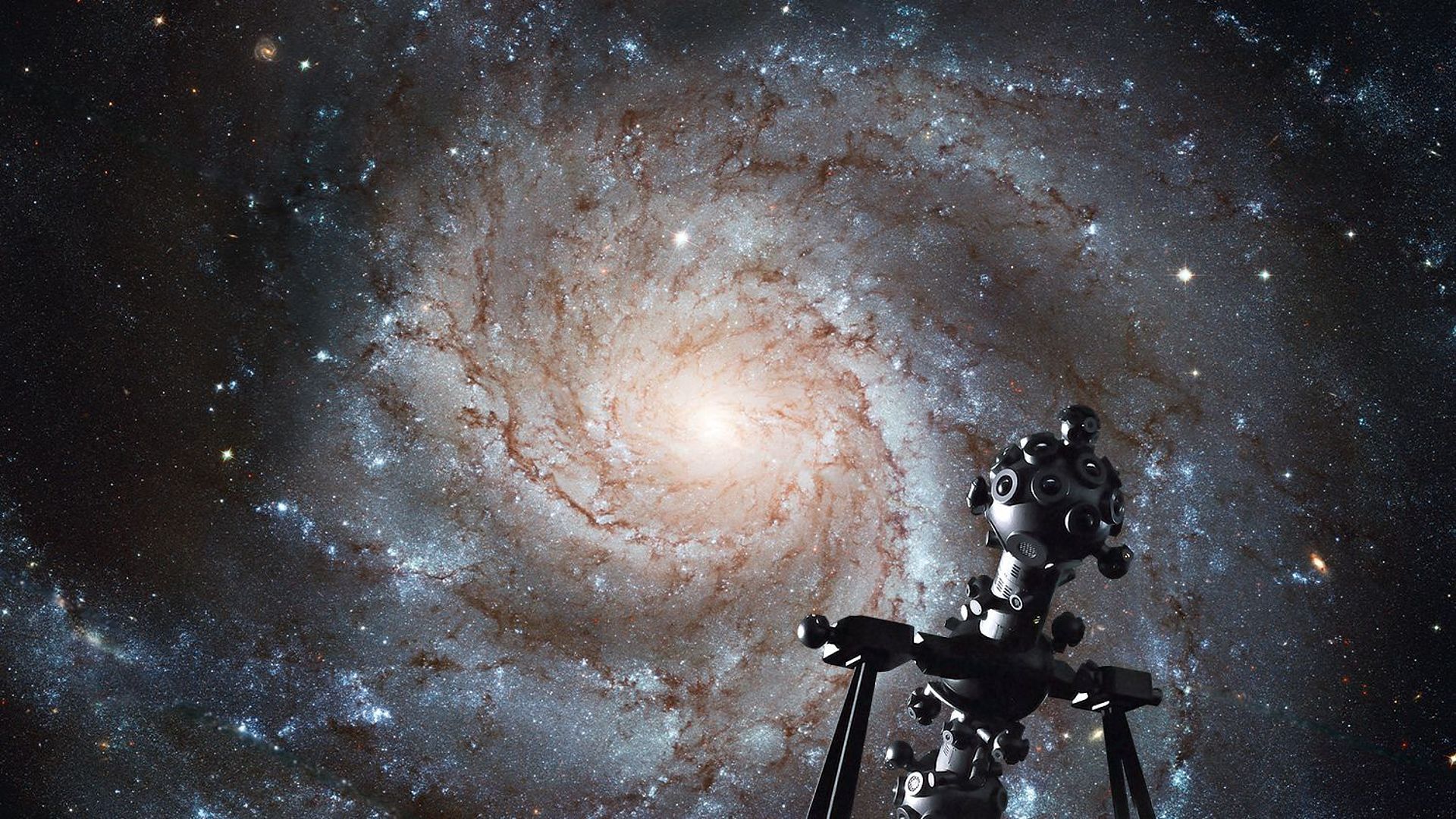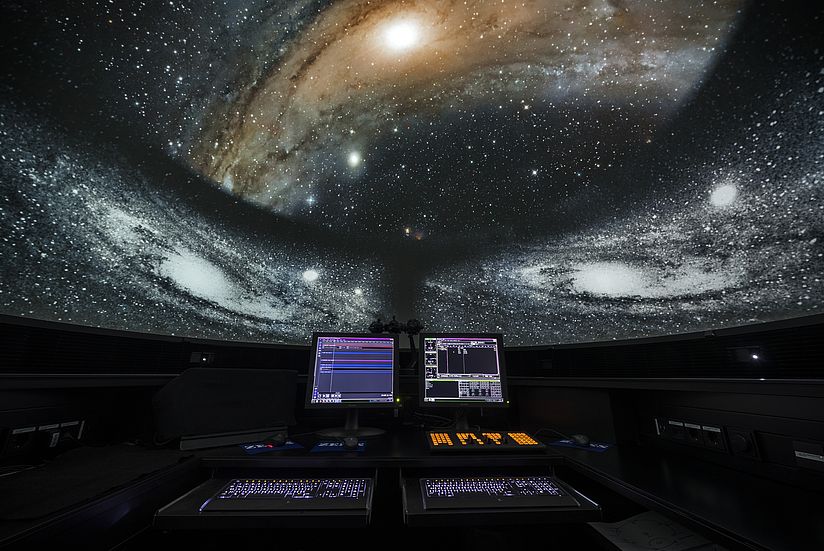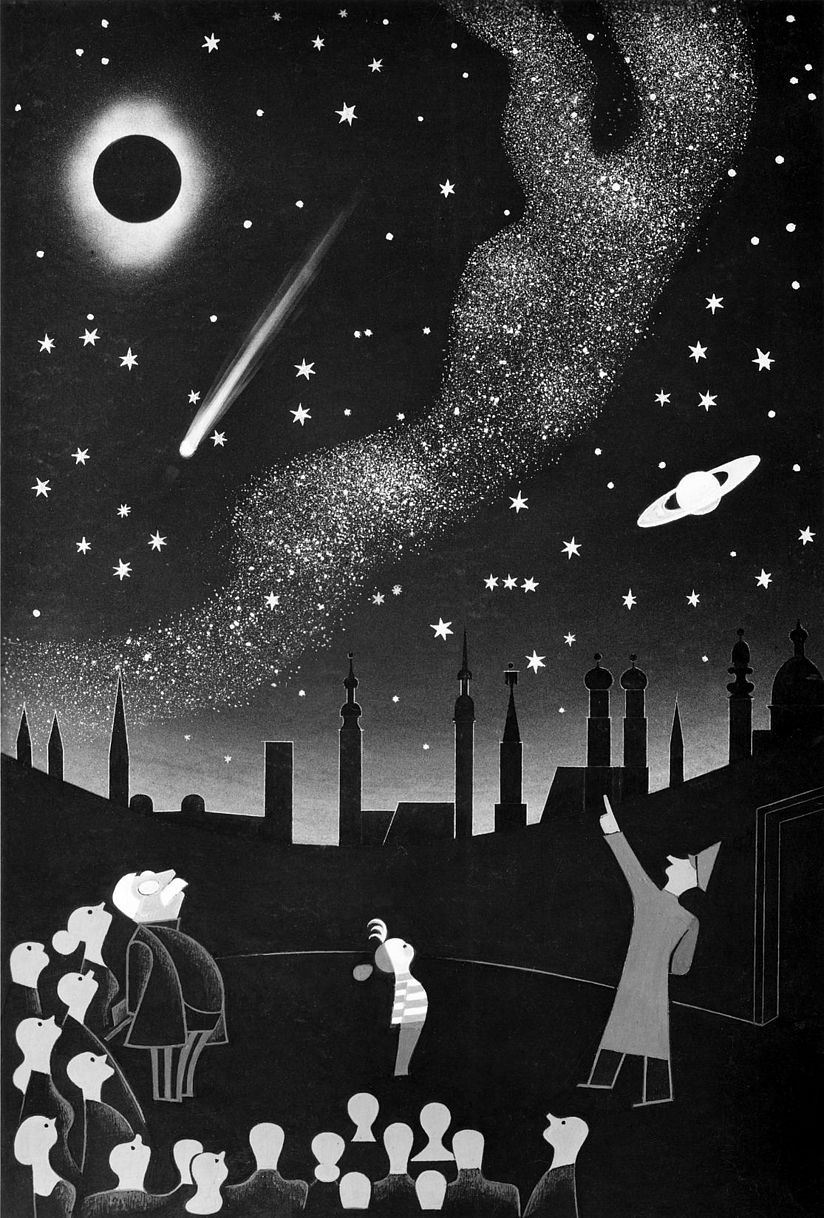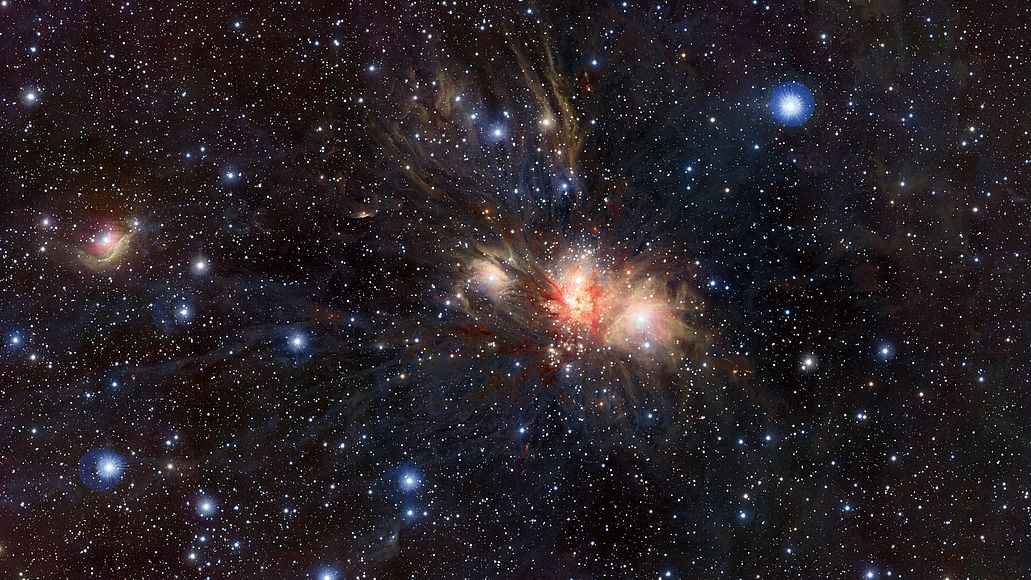
Photo: Deutsches Museum
Planetarium – Heaven on Earth
Renovation work in the second half of the building has started in July 2022. Therefore, the planetarium will be closed until 2028.

In the planetarium, we'll get the stars out of the sky for you with the latest projection technology. Photo: Deutsches Museum | Christian Illing
The Planetarium in the Deutsches Museum
On a very clear night, you could theoretically see more than 3500 celestial bodies from Munich. But air and light pollution prevent an optimal view of the starry sky. In the planetarium, on the other hand, visitors can not only view a perfect Munich night sky, but also the sky above any point on Earth. You can also see what the sky looked like around the time of Christ's birth - or what it will look like in 1000 years. This is made possible by the ultra-modern Zeiss-Skymaster ZKP4 optical fibre star projector: with LED light sources and around 7300 optical fibres, the starry sky and planetary movements can be demonstrated. Visitors can travel the 13.7 billion light years to the edge of the observable universe - and approach planets and view our solar system or the Milky Way from the outside.
10In ten minutes through
13.7 billionlight years
160Here are 160 seats for the journey to the end of the universe
Picture Gallery Planetarium
The History of the Planetarium in the Deutsches Museum

Advertisement poster for the planetarium in the Deutsches Museum by Max Cordier, 1952. Photo: Deutsches Museum
The world's first projection planetarium opened in the Deutsches Museum in 1925 - initiated by Oskar von Miller, the founder of the Deutsches Museum. He approached Zeiss in 1913 about manufacturing a "rotating star sphere". Under the leadership of Dr. Walther Bauersfeld, a planetarium was created on the basis of optical-mechanical light projection. The first Zeiss projector illuminated 4500 stars in the dome in Munich.
The planetarium of the Deutsches Museum was then completely renovated from 2013 to 2015. The 15-metre projection dome was renewed. A new star projector with state-of-the-art fibre optic technology was installed. The clattering slide projectors were replaced by six highly advanced digital projectors that now bring the entire observable universe into the dome.

